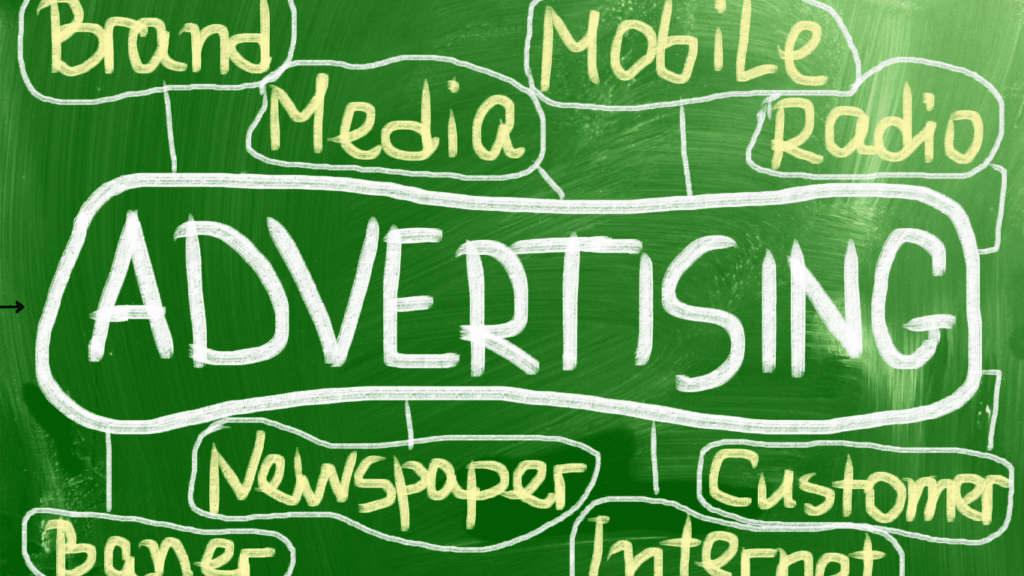Programmatic Guaranteed vs. Real-Time Bidding: What’s the Difference?
Programmatic advertising has revolutionized the way brands and publishers buy and sell digital media. Instead of relying on manual negotiations, programmatic technology allows for automated, data-driven ad buying.
However, not all programmatic deals are the same. Two of the most common methods are Programmatic Guaranteedand Real-Time Bidding (RTB). While both use automation, they work very differently. Understanding the difference is crucial for advertisers and publishers who want to get the most out of their campaigns.
What Is Real-Time Bidding (RTB)?
Real-Time Bidding, often called RTB, is the open auction model of programmatic advertising. Every time a user visits a website or app, available ad space (inventory) is offered in a split-second auction. Advertisers place bids through a Demand-Side Platform (DSP), and the highest bidder’s ad is displayed instantly.
Key characteristics of RTB:
- Open marketplace – anyone with access to the exchange can participate.
- Dynamic pricing – cost per impression changes depending on demand.
- Massive scale – advertisers can reach a wide range of audiences across multiple publishers.
- Efficiency – advertisers only pay for impressions that match their targeting criteria.
Example:
A sportswear brand uses RTB to reach fitness enthusiasts. Whenever a user visits a sports news site, the brand’s DSP evaluates whether the user fits their audience profile. If yes, it bids for that impression in real time.

What Is Programmatic Guaranteed?
Programmatic Guaranteed is a direct deal between advertiser and publisher that is executed programmatically. Instead of an open auction, the advertiser agrees upfront to buy a fixed number of impressions at a set price.
Key characteristics of Programmatic Guaranteed:
- Reserved inventory – specific placements or formats are guaranteed to the advertiser.
- Fixed pricing – CPM (cost per thousand impressions) is negotiated in advance.
- Premium access – advertisers secure high-quality placements (e.g., homepage takeovers, video slots).
- Transparency – advertisers know exactly where their ads will appear.
Example:
A car manufacturer wants to launch a new model and chooses a premium news publisher. Through Programmatic Guaranteed, they secure one million homepage impressions at a fixed CPM during the launch week.
The Main Differences Between Programmatic Guaranteed and RTB
| Feature | Real-Time Bidding (RTB) | Programmatic Guaranteed |
|---|---|---|
| Buying method | Auction-based | Direct, pre-negotiated |
| Pricing | Dynamic, fluctuates | Fixed CPM |
| Inventory type | Open exchange, broad | Premium, reserved |
| Transparency | Variable (depends on publisher) | High – known placements |
| Flexibility | Very flexible | Less flexible, fixed deal |
| Use case | Scale, reach, efficiency | Brand campaigns, high visibility |

When to Use RTB vs. Programmatic Guaranteed
- Choose RTB if:
- You want broad reach across many publishers.
- Your goal is efficiency and scale.
- You are performance-driven (conversions, clicks).
- Choose Programmatic Guaranteed if:
- You need premium placements on specific sites.
- You are running a branding campaign.
- You want guaranteed visibility during a key moment (e.g., product launch).
Conclusion
Both Real-Time Bidding and Programmatic Guaranteed are powerful tools within the programmatic advertising ecosystem. RTB offers scale, flexibility, and efficiency, while Programmatic Guaranteed provides certainty, transparency, and premium inventory access.
For most advertisers, the best strategy is often a mix of both: using RTB for reach and efficiency, while reserving Programmatic Guaranteed deals for high-impact branding campaigns.
Curious about how the other pieces fit together? Check out our article on How Demand-Side Platforms (DSPs) Work.
“This article was written by Digital Rebel, specialists in online advertising and programmatic media buying.”
